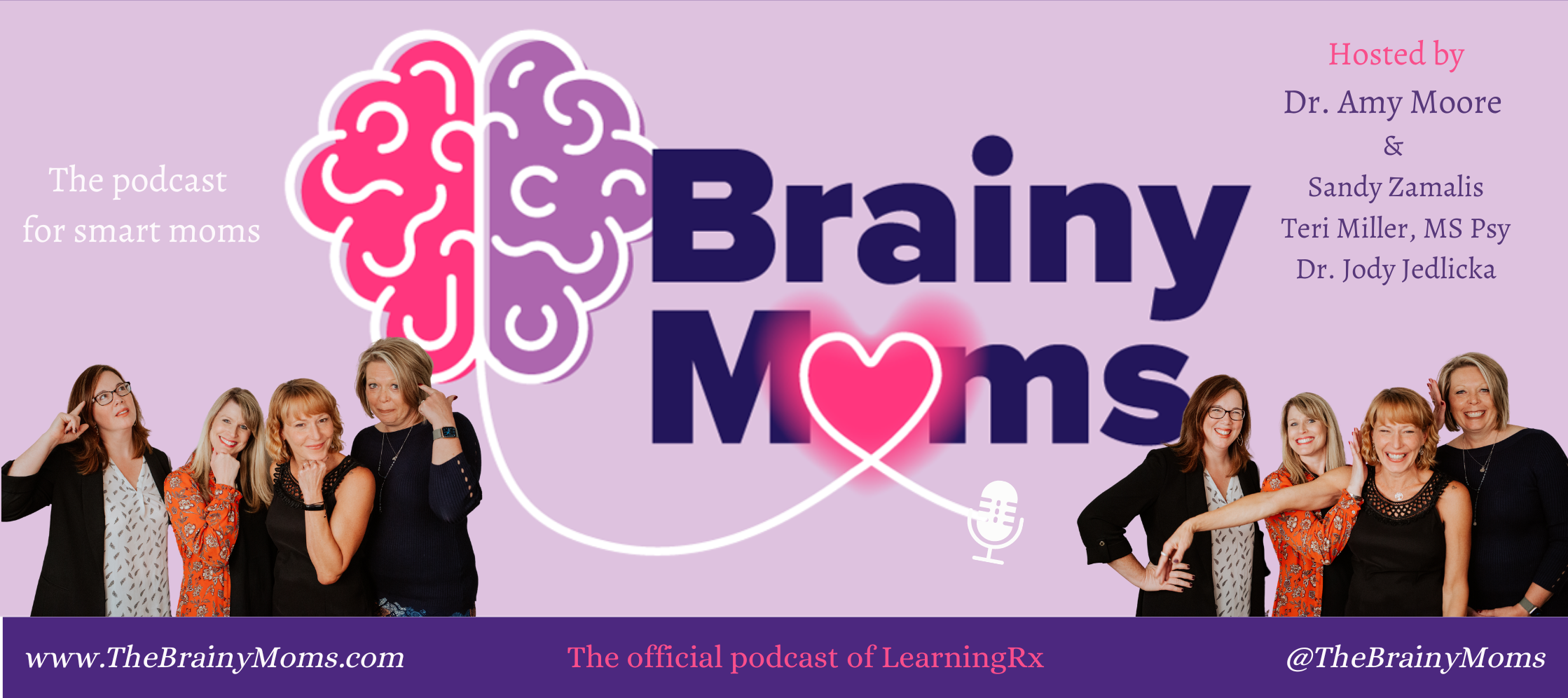Despite being one of the most common neurodevelopmental disorders of childhood, we still have a lot to learn about brain differences in children with attention deficit hyperactivity disorder (ADHD).
What is ADHD?
The umbrella term is used to categorize three types of presentations. They include:
- Predominantly inattentive
- Predominantly hyperactive-impulsive
- Combined presentation (inattentive and hyperactive-impulsive)
Regardless of the type of ADHD your child has, it’s important to know that the prefrontal cortex matures more slowly than in typically developing kids. In addition, the region—as well as the cerebellum, hippocampus, and amygdala—may be smaller in volume in children with ADHD. Although studies have shown that these areas of the brain continue to grow and mature as children get older, kids don’t typically “outgrow” attention deficits.
Differences in the ADHD Brain
So, what other brain differences might be different in kids with ADHD? Here are a few that scientists have discovered.
- The default mode network (DMN) is a collective network of brain structures that is unusually active in children with ADHD. According to Child Mind Institute, in neurotypical children, this network is less active when they’re engaged in a task that requires attention, but more active when recalling a memory or daydreaming. For children with ADHD, the active DMN can lead to a wandering mind during tasks that require attention, which can significantly impact academics, work, sports, and personal goals.
- Children with ADHD often have a lot of functional connectivity between brain regions that form the selective visual systems. Because there is an irregular volume of connection in this system, kids with ADHD may have trouble selecting what to pay attention to and therefore may notice more things within their field of vision, making it difficult to pay attention to the task at hand.
- Although humans have four major pathways for dopamine (a neurotransmitter that plays a role in learning, motivation, and pleasure) to travel from one brain region to another, two of these pathways are believed to be disrupted in kids with ADHD. The first, called the dopamine reward pathway, activates feelings of pleasure and euphoria through a connection to memory-related functions in the hippocampus. The second, called the mesocortical pathway, connects a dopamine-rich region to the prefrontal cortex, the latter of which helps facilitate decision-making, working memory, and other cognitive functions.
What could be causing these pathway disruptions in the brains of children with ADHD? The theory is that people with attention deficits have an increased number of dopamine transporters—proteins that remove dopamine from the gap between neurons and end dopamine transmission. Evidence supporting this theory includes the fact that Adderall and other stimulant medications typically reduce ADHD symptoms by suppressing the removal (or “reuptake”) of dopamine.
5 Ways to Support Your Child With ADHD
Looking for ways to support your child with ADHD? Check out these give tips from Cognitive and Educational Psychologist Dr. Amy Moore:
Ensure they keep a consistent sleep schedule.
Sleep helps kids consolidate memories and it cleanses the brain of neurotoxins. The Sleep Foundation recommends that children 6 to 12 years old get 9 to 12 hours of sleep. Help your child create a calming bedtime routine to ensure that they’re getting both the quantity and quality of sleep necessary for optimal cognitive function.
Limit sugar and grains.
Both sugar and grains can negatively affect the developing brain, especially in children with ADHD. As ADDitude magazine reports, a Yale University study found that high-sugar diets may increase inattention in some kids with ADHD, and a University of South Carolina study concluded that the more sugar hyperactive children consumed, the more destructive and restless they became. In addition, there’s emerging research that gluten can cause inflammation and trigger neurological dysfunction. Aim for the 90-10 rule, which means eating healthy 90% of the time and allowing for treats and grains only about 10% of the time.
Get them green time.
Exercise is vital for everyone’s health, but research shows that regular movement outside in nature (i.e., “green time”) is particularly valuable for kids with ADHD. In a survey of children with ADHD, researchers found that children who participated in outdoor activities—in both structed and unstructured time in nature—appeared to experience a reduction in their ADHD symptoms.
Help them regulate their emotions.
Because children’s pre-frontal cortex isn’t fully developed (and it matures more slowly in kids with ADHD), kids need our help identifying and managing their emotions. Consider teaching kids meditation techniques and calming exercises to help them help themselves when you’re not available to help them regulate their emotions.
Manage their schedule well.
First, don’t overschedule kids to begin with. Just as adults can feel anxious and overwhelmed when they’re constantly on the go or struggling to meet deadlines, kids too can feel overstimulated when they’re overscheduled. Instead, look for ways to prune an overburdened calendar and ensure you’re scheduling plenty of down time between essential activities and appointments.
